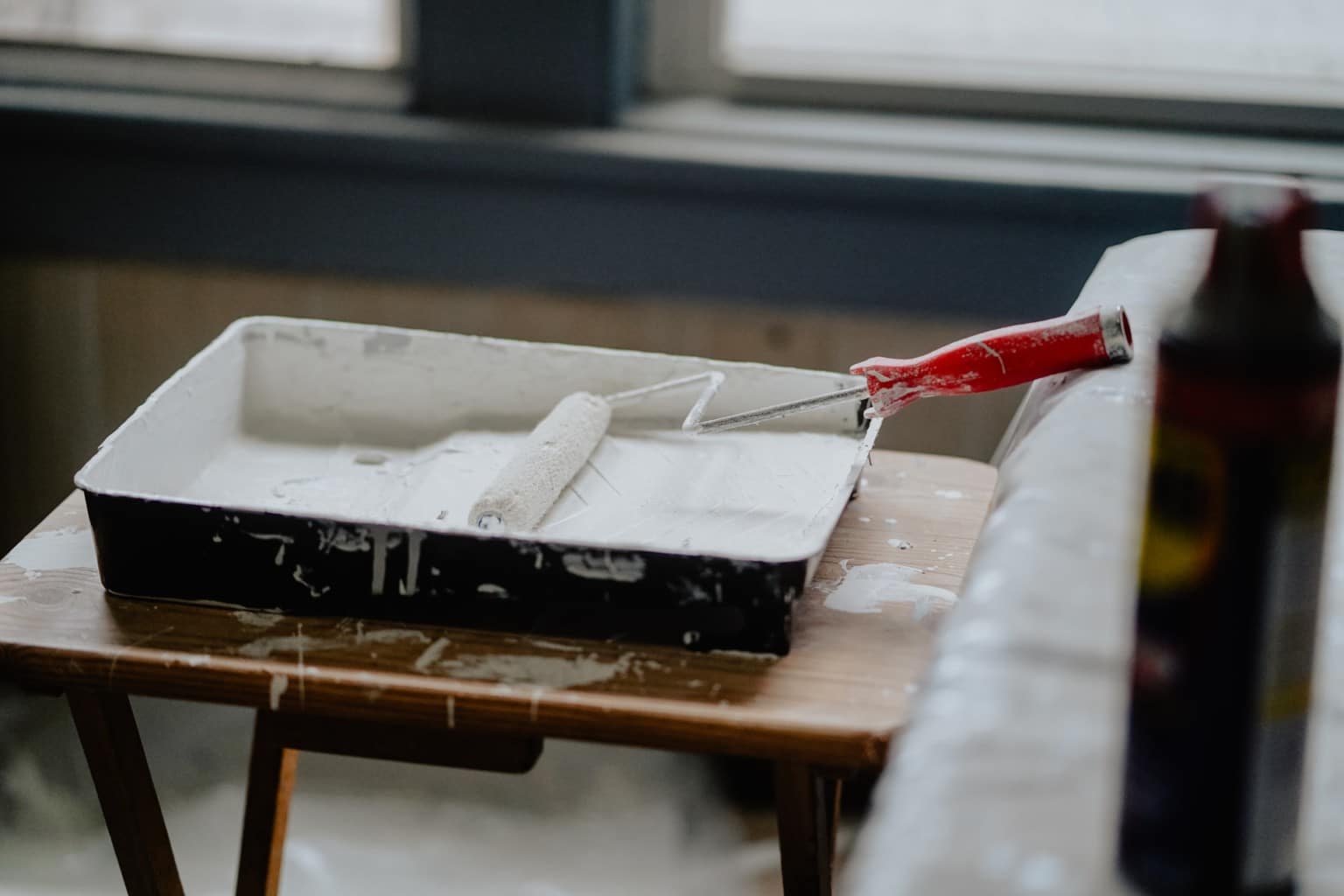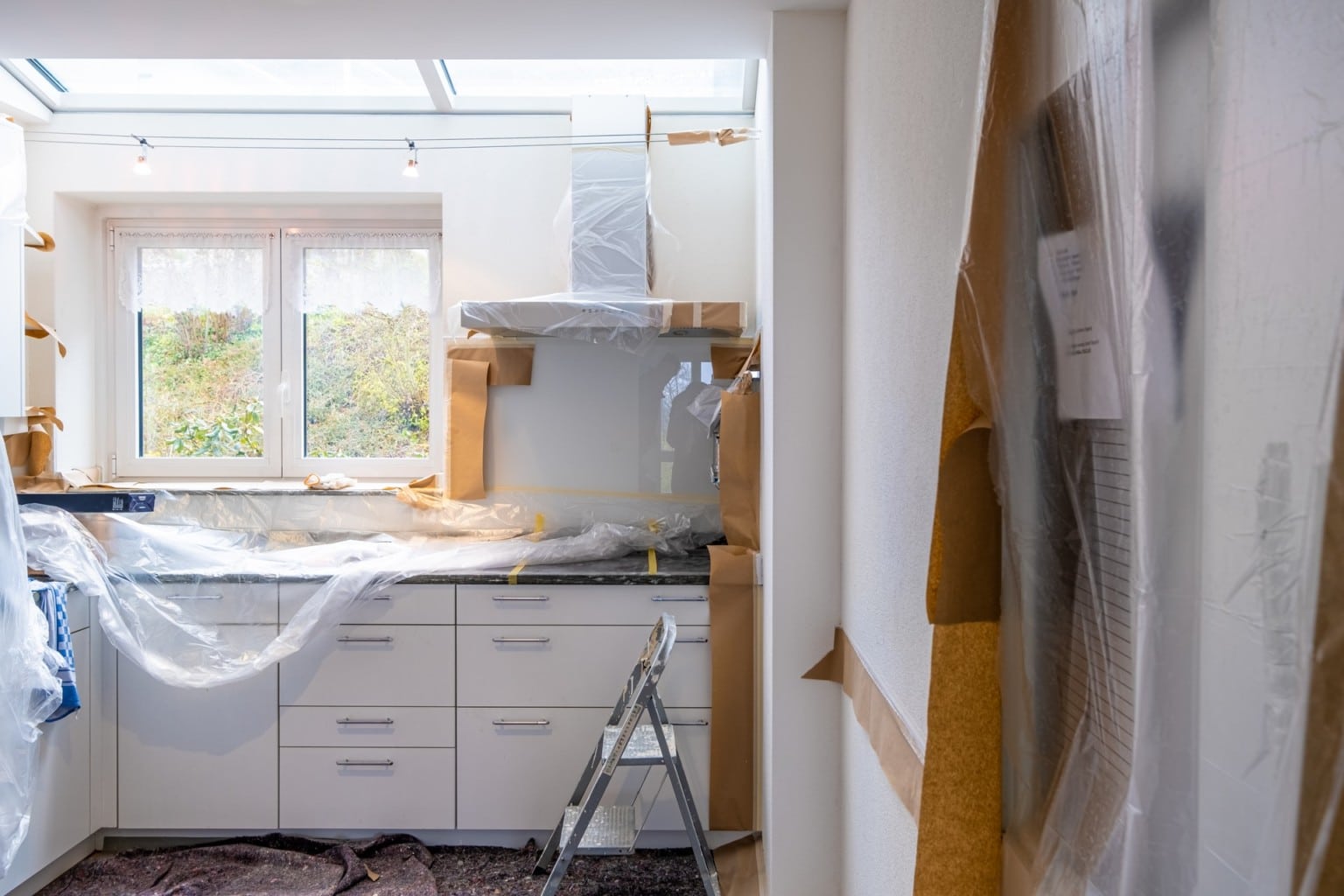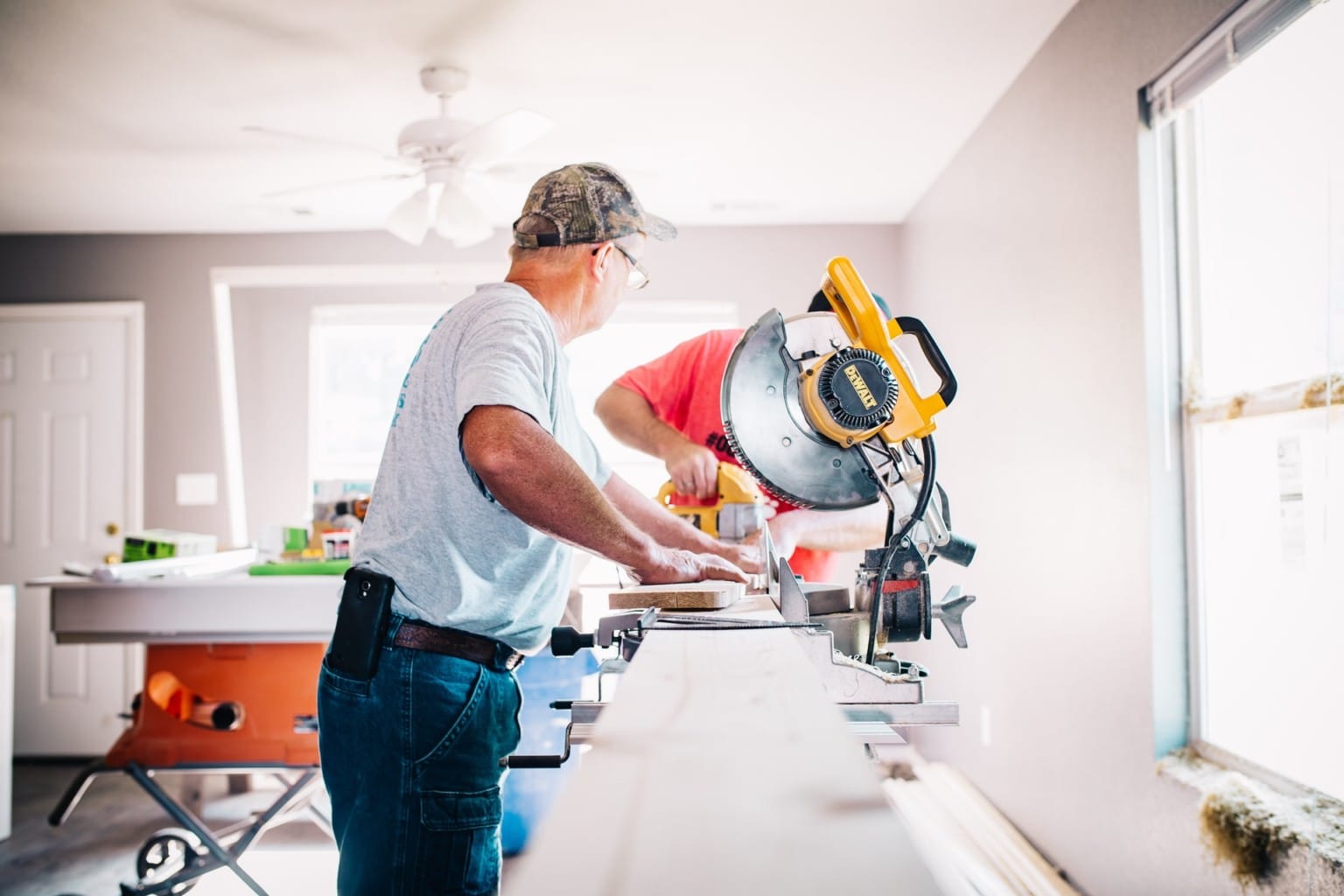Home renovations, especially major ones, require a lot of thought and consideration. Before you begin, carefully think about all aspects of your future renovation so it can be as enjoyable and stress-free as possible. Keep this checklist close by to help guide you through the process:
- Decide on your “why.” Renovations can be costly and take a lot of time. Are you really ready to dive in and spend the time and money required? Before you start reading interior design magazines, or looking at all the new DIY shows online, take a few minutes to decide why you’re doing it. There are so many things to consider when you decide to renovate your home, so what’s the “why” behind the renovation?Are you hoping that turning a bedroom into a home office will make you more productive at work? Or maybe that a remodeled kitchen will improve your family’s quality of life? Keeping yourself focused on the “why” behind the renovation can help you keep the bigger picture in mind if things become stressful. If you know why you’re going through with the project, it will become easier to confront and resolve problems that arise and keep your renovation moving in the right direction.
- Dream big. Once you’ve done your research, it’s time to dream! Browse through online catalogues of color palettes, remodeled spaces, and spaces that exhibit the look you would like to achieve. Creating a vision board (physical or virtual) can be a helpful way of piecing everything together.
Pinterest and Houzz are two great places to start. Each of them contain millions of pictures you can use for inspiration. Houzz even enables you to directly connect with the professionals involved in pictures you come across if they’re tagged and they have a profile set up.While you’re at it, make sure to follow Wide Plank Floor Supply on Houzz and Pinterest for interior design inspo. - Set a budget. You’ll need your budget to account for not only larger objects like furniture and floors, but also smaller incidentals like door handles and faucet fixtures. Also consider the budget you’re going to need not just for materials, but for the professionals you’ll hire throughout the process.
- Expect the unexpected: Home renovating can be rife with unexpected expenses that can easily blow your budget. Once you have your budget in mind, add about 10% to 20% for unforeseen costs. A simple change of mind on the paint you want to go with, using more material than estimated, or no-show trades can deplete your budget more quickly than you think.
It’s unfortunately very easy to end up spending far more than was originally planned for, so be prepared for this ahead of time. If you don’t end up using that part of your budget, that’s great––you can put it towards something else! - Don’t forget about scheduling. Even when renovating a small part of the house, having a schedule in place can prevent disaster. Talk to the professionals you’re hiring to get an estimated timeline for each part of the renovation project, and shift your plans around that. Break down projects into separate sections of the house. Have a separate schedule for each, and make sure to consider the fact that certain trades will have to come in after others––for example, you’ll want to paint the walls before installing flooring.Like everything else involved in a home renovation, your plans might have to change as time goes on. But having an idea of the timeline––even a vague one––can help prevent a ton of stress.
- Add function. When renovating, think about more than just aesthetics. How do you want your new space to function? If you’re renovating your kitchen, for example, you may want to consider adding more cabinet space. You may want new floors because they look pretty, but how will the species and finish you select hold up to foot traffic? Make sure to consider function as well as design.
- Check credentials. When considering contractors to hire, be sure to fully vet their credentials before hiring. Check the online reviews of any professional you are considering working with, and check that they have the correct certifications, licenses and permits, as well as general liability insurance and worker’s comp. Also make sure to fully read every contract before signing. At the very least there should be a payment schedule, potential penalties for missed milestones, details on the work to be completed, and some sort of general timeline.
- Consider flooring. When it comes to renovating a part of your home, installing new floors can go a long way to helping you achieve your ideal look. If you want a modern, fresh look in your space, consider wide plank floors. They’re low maintenance, durable, and look great, plus there are so many varieties to choose from. You can choose a distressed floor to bring some rustic charm into your space, or something simple with a matte finish for a more muted, classic look. You can install the flooring in its natural state, or choose from a wide variety of stains to perfectly complement your style.
Renovating your home can be stressful, no matter the size of the space or project. But if you go in with a plan and keep these simple tips in mind, you’ll be well on your way to completing a picture perfect project!


